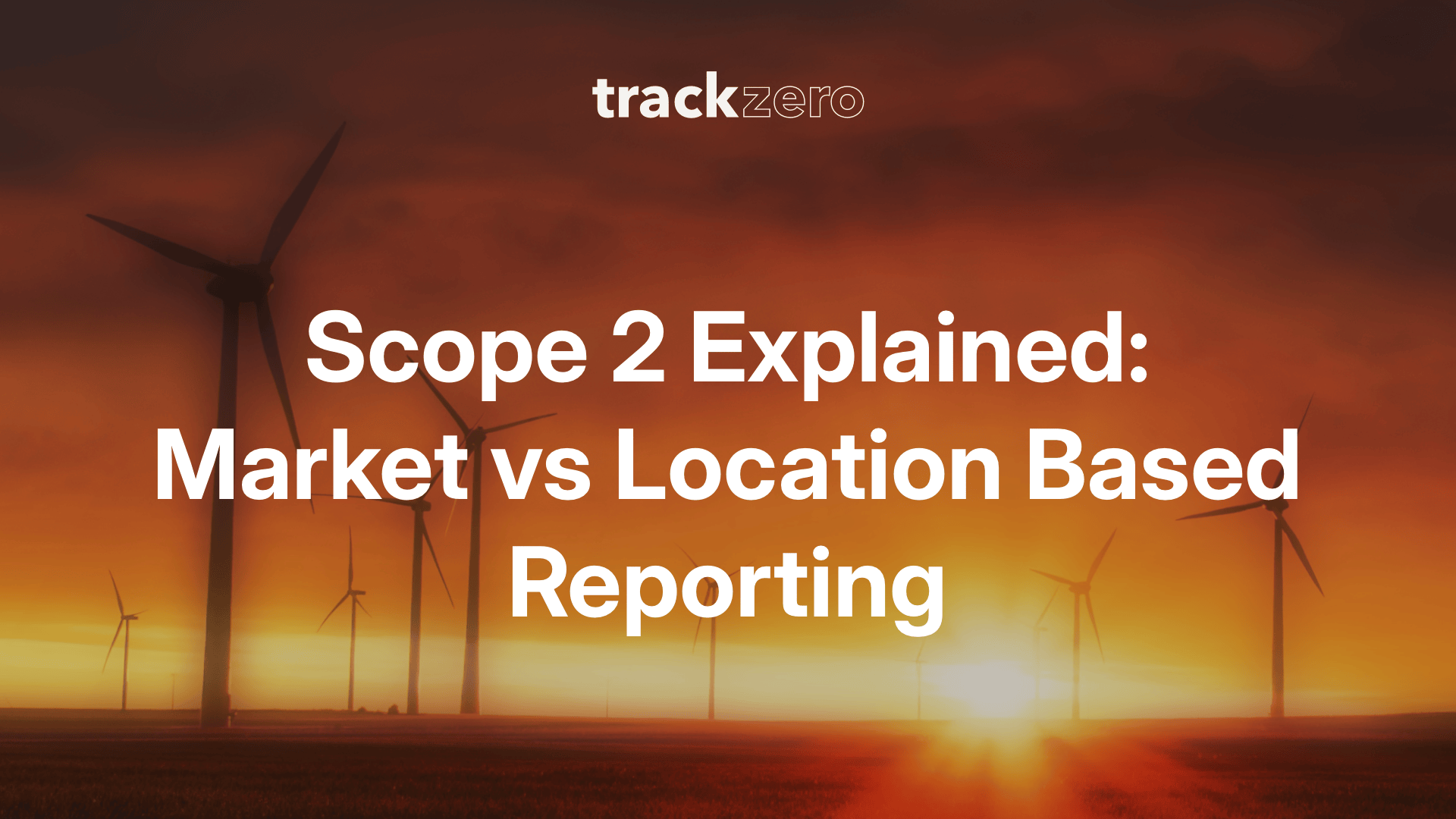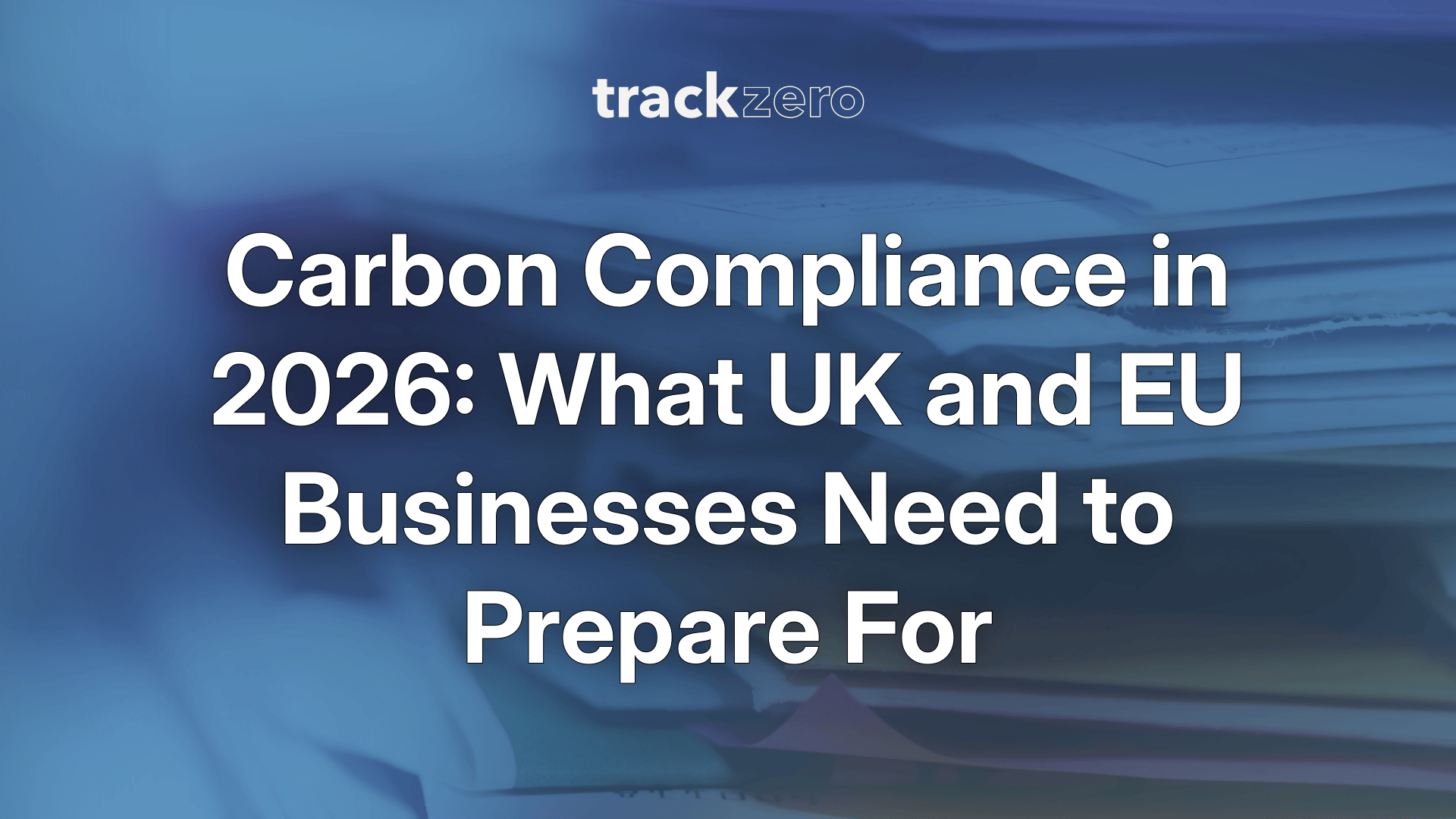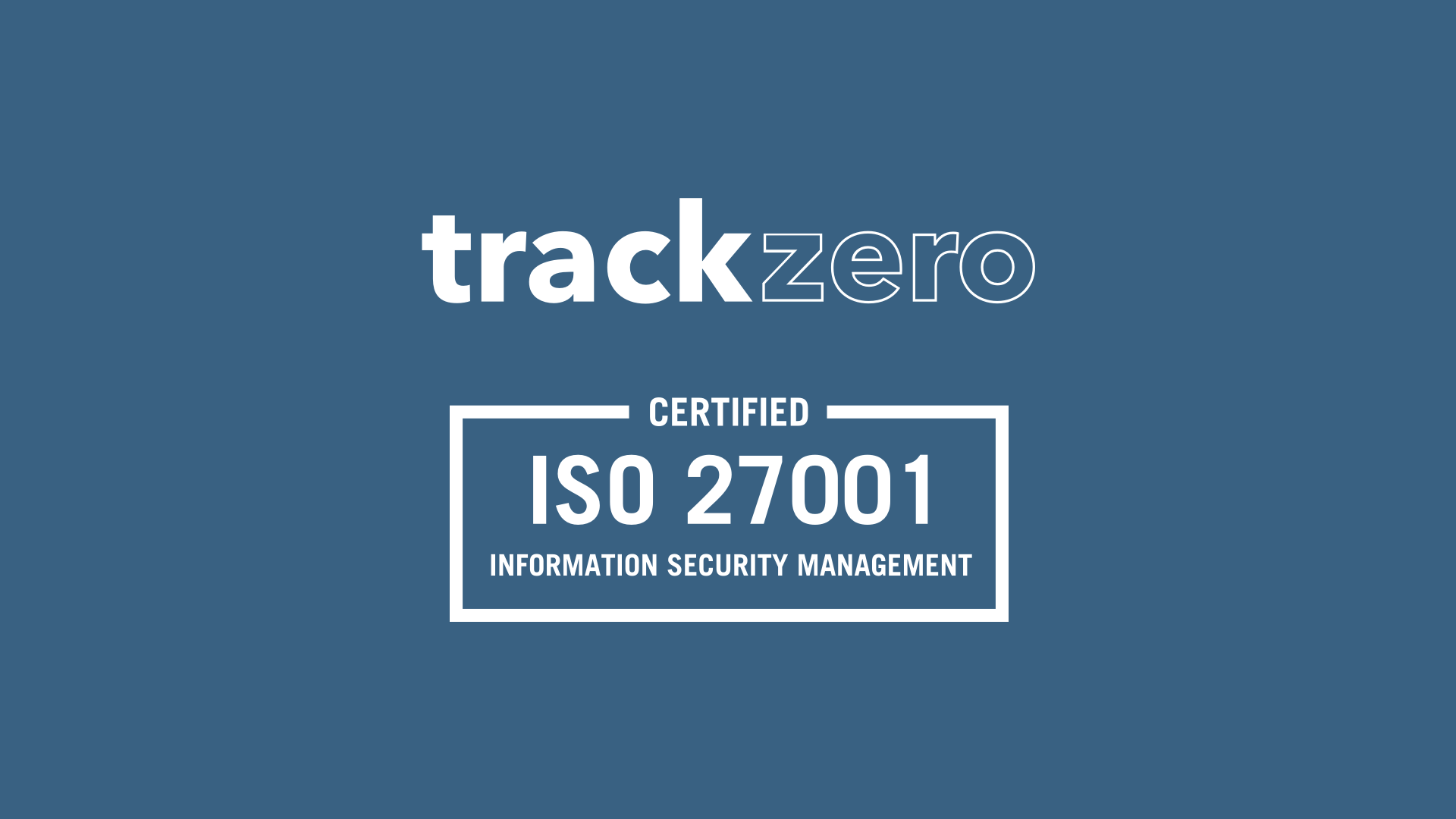Following on from our blog 'The Complete Guide to Scope 1, 2 and 3 emissions', it's time to deep dive into Scope 2. Those associated with purchased electricity, heat, steam, or cooling can be surprisingly complex. This is especially true when organisations must choose how to report them: market-based or location-based? These 2 methods are defined by the Greenhouse Gas Protocol. Understanding the difference is crucial for accurate, transparent, and meaningful carbon reporting.
Let's break it down 👇
📌 Recap: What Are Scope 2 Emissions?
Scope 2 emissions are indirect greenhouse gas emissions from the generation of purchased energy. Although they occur at the utility's site, they are accounted for by the company that uses the energy.
The challenge lies in the fact that there are two different methods for calculating these emissions, and both must be reported according to the GHG Protocol: location-based and market-based.
🗺️ Location-Based Method
The location-based method reflects the average emissions intensity of the grid where the energy consumption occurs. This approach is grounded in geography and the energy mix in the your local area.
🔹 Example: If your office is in Birmingham and draws power from the UK national grid, your emissions are calculated using the national average emissions factor, regardless of who your supplier is.
✅ Pros:
- Straightforward and consistent.
- Doesn't rely on specific supplier contracts or certificates.
❌ Cons:
- Doesn't account for choices you make to support renewables.
- May not reflect your actual environmental impact if you buy green energy.
🛒 Market-Based Method
The market-based method takes into account the specific electricity you purchase, including any renewable energy contracts, supplier mixes, or Energy Attribute Certificates.
🔹 Example: If you've switched to a 100% renewable energy supplier, like Octopus, your market-based emissions could be significantly lower than the grid average.
✅ Pros:
- Reflects your procurement decisions and sustainability efforts.
- Encourages the use of clean energy by driving demand.
❌ Cons:
- Can be complex to track and verify.
- Requires valid proof of renewable sourcing (certificates, contracts).
⚖️ Why You Should Report Both
Under the GHG Protocol, companies are expected to disclose both location-based and market-based Scope 2 emissions. This dual reporting offers a clearer picture of your emissions profile:
- Location-based shows your environmental context.
- Market-based shows your buying power and intentional action.
Together, they provide stakeholders, from investors, regulators and customers, with a transparent view of both the reality and the ambition behind your emissions data.
🌱 What This Means for You
If your organisation has switched to a renewable energy supplier, the market-based method is how you can showcase that impact but you'll still need to report your location-based emissions too.
At TrackZero, we make this process simple. Our platform helps you collect the right data from your suppliers and utilities, distinguish between market- and location-based methods, and stay compliant with the latest reporting standards.
Ready to show your impact?
Whether you're a large organisation with a complex supply chain or an SME just starting your sustainability journey, understanding Scope 2 tracking is essential and we're here to help.
👉 Let's make your energy choices count. Get in touch with us or explore our platform today.




